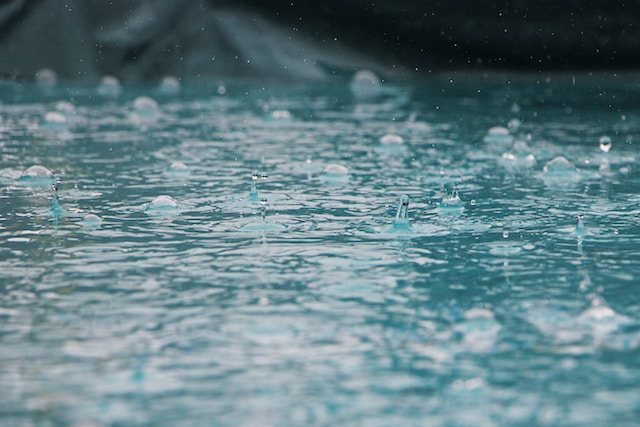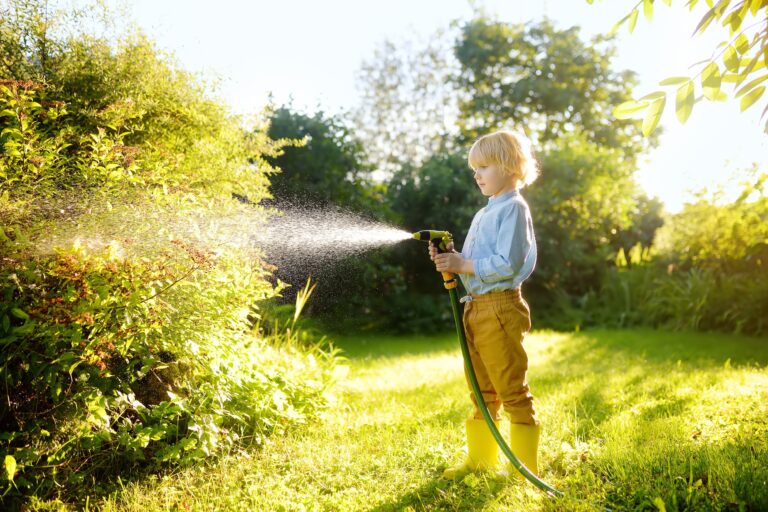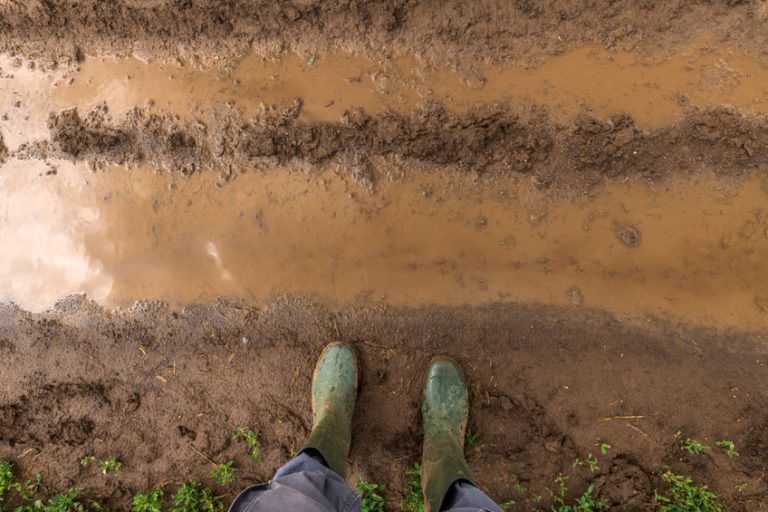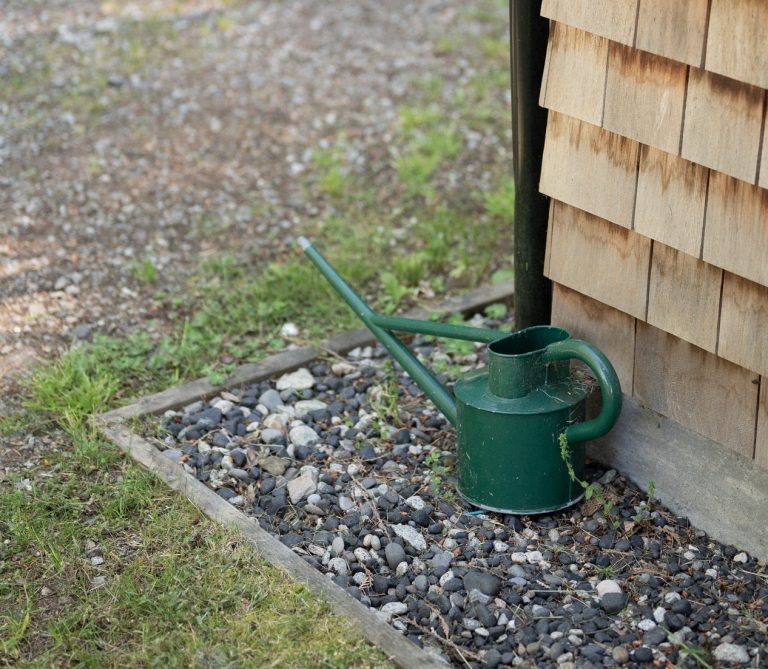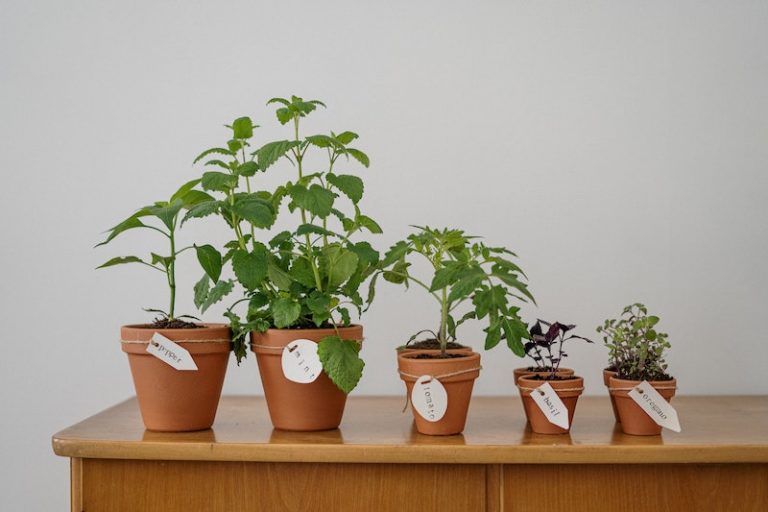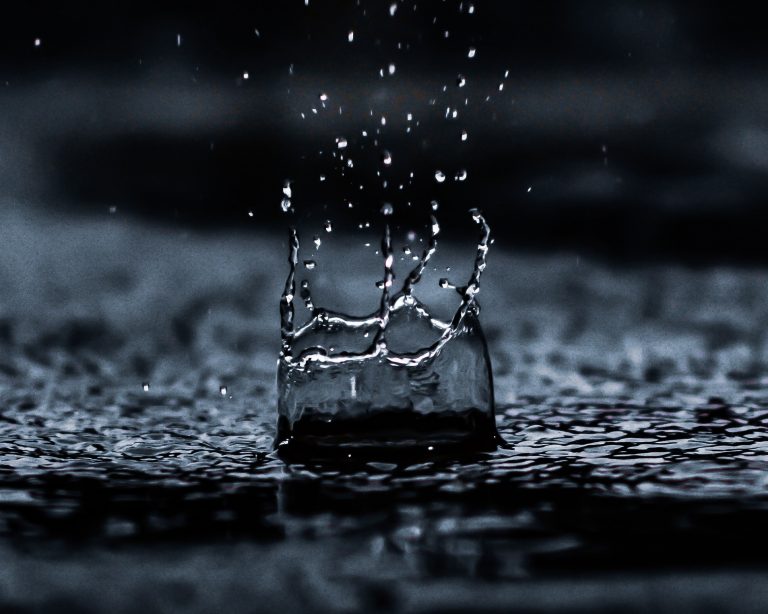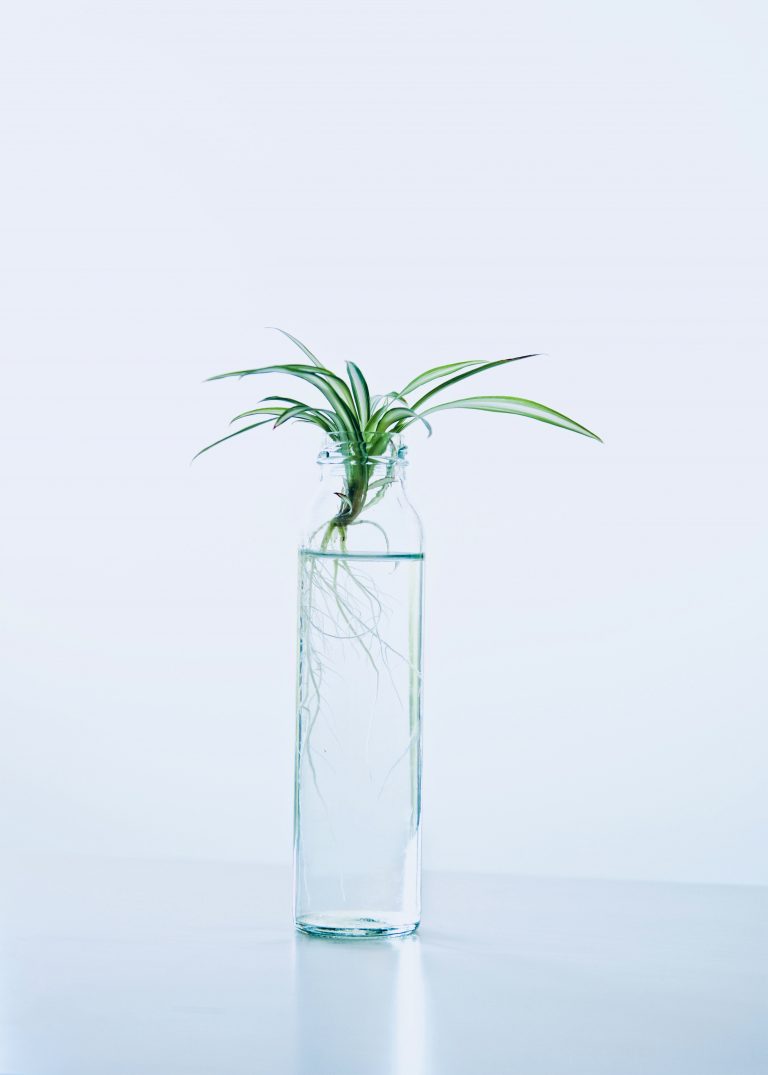Rainwater harvesting is the practice of collecting and storing rainwater for later use. It can be a key component of sustainable living. If you garden, then you can’t help but notice the changes to the earth. As a result, you might feel a drive to live more sustainably. Rainwater harvesting for sustainable living makes a…
water
5 Ways to Reduce Water Usage in the Garden
Reducing your water usage in your garden is almost always a positive thing. It will lower your water bill and produce healthier plants. Why Reduce Your Water Usage in Your Garden? Overwatering is a common mistake among gardeners. However, the truth is that plants have adapted to require less water than most people assume….
Protect The Garden From Excessive Rainfall: Frugal Tips
While it’s not necessarily a problem in all locations, many people have to worry about protecting their garden from excessive rainfall. Plants love water! Too little, and they’ll wither away. But too much water can also cause problems. Plants that are stuck drowning in waterlogged soil can succumb to root rot. These days, unpredictable weather…
4 Frugal DIY Drip Irrigation Systems
Buying a fancy drip irrigation system is one way to go. But it’ll cost you. Instead, consider a DIY drip irrigation system. Either way, you’ll need to spend time installing irrigation, so why not save a few bucks, too? Benefits of drip irrigation You’ve got a hose or a sprinkler, so why invest…
5 Factors That Affect Plant Growth
Many factors affect plant growth. Plants have a few basic needs. Having these needs unmet will cause them to perish. There are also factors outside of a gardener’s control that can impact how well a plant grows. While some variables are out of your control, there are things that you can influence. What affects plant growth?…
Harvesting Rainwater for the Frugal Gardener
Gardening requires quite a bit of water. For many gardeners that means an increase in their water bill during the hot summer months. Statistics show that lawn and garden watering make up at least 40% of our total household water use. Frugal gardeners, however, can take advantage of rainwater by bringing back an age-old,…
5 Plants That Easily Grow in Water
Potting up plants is a messy business. Even when I’m being careful, I manage to get soil everywhere. One of my favorite plants in my home, though, requires no soil at all. I bought the plant at the grocery store several years ago for about $3 and today, it’s almost as tall as…
